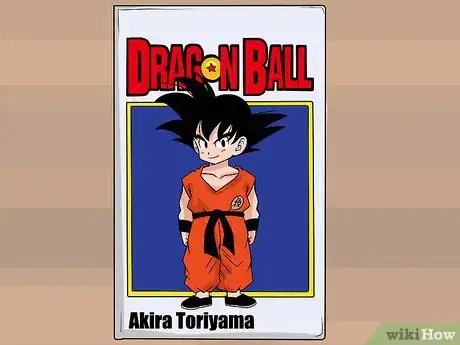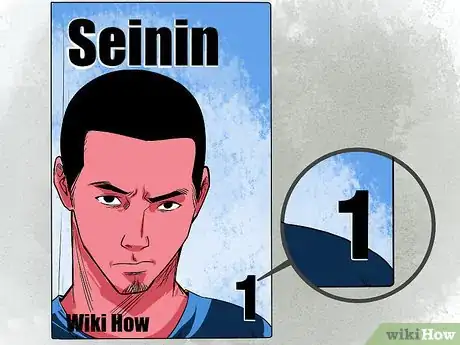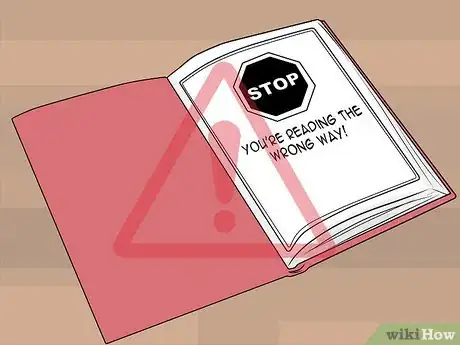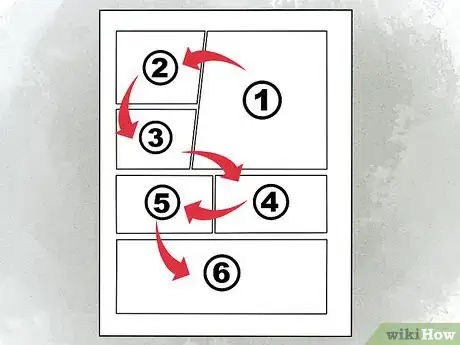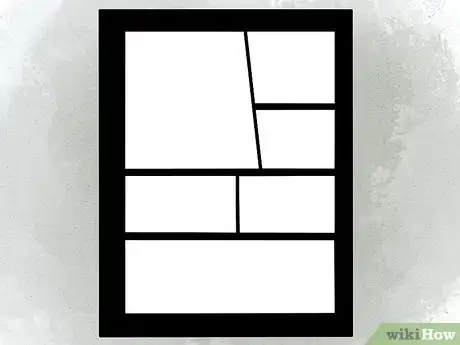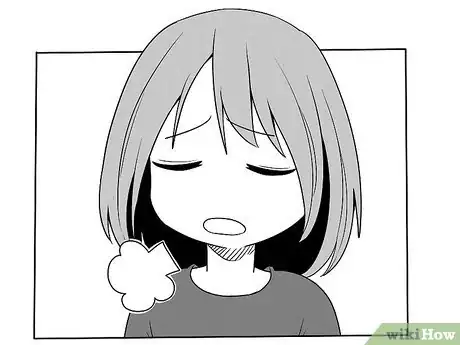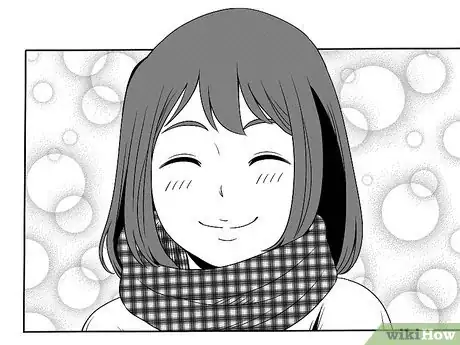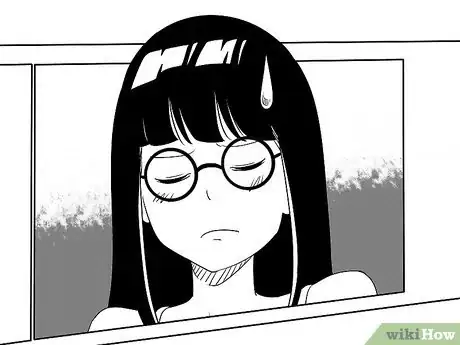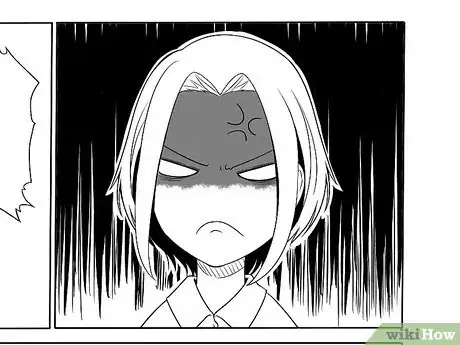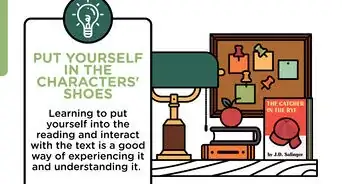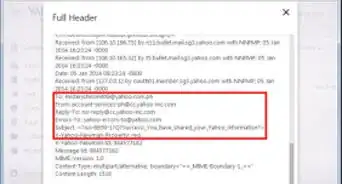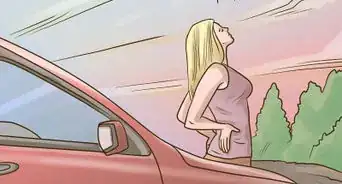This article was co-authored by wikiHow Staff. Our trained team of editors and researchers validate articles for accuracy and comprehensiveness. wikiHow's Content Management Team carefully monitors the work from our editorial staff to ensure that each article is backed by trusted research and meets our high quality standards.
There are 8 references cited in this article, which can be found at the bottom of the page.
wikiHow marks an article as reader-approved once it receives enough positive feedback. This article received 13 testimonials and 85% of readers who voted found it helpful, earning it our reader-approved status.
This article has been viewed 908,027 times.
Learn more...
Manga is a style of Japanese comic. Reading manga is different than reading a comic, book, or magazine in English. Learning to read manga in a right to left and then up to down sequence, correctly interpreting panel elements, and exploring characters' emotions by familiarizing yourself with some common emotional iconography will help you get the most from your manga.
Things You Should Know
- Discover new manga genres and popular series, like shojo, shonen, Ghost in the Shell, and Love Hina.
- Read manga panels from right to left and top to bottom. For dialogue boxes within specific panels, move in the same direction.
- Follow characters' changing emotions. Sigh bubbles are for exasperation, vertical cheek lines are blushing, and sweat drops are embarrassment.
Steps
Choosing Manga
-
1Learn about the different types of manga. There are five major types of manga. Seinen is also referred to as men’s manga. Women’s manga is known as josei. Shojo is girls’ manga, while shonen is boys’ manga. And children’s manga is called kodomo.[1]
-
2Explore the many genres of manga. Manga has many genres, covering numerous topics and themes. Some of the most common manga genres include action, mystery, adventure, romance, comedy, slice of life, science fiction, fantasy, gender bender, historical, harem, and mecha.[2]Advertisement
-
3Learn about some popular manga series. Before you get started on reading your first manga, take some time to explore popular series. Some popular science fiction series include Ghost in the Shell and Akira. Well-known fantasy series include Dragon Ball and Pokemon Adventures. Love Hina is a popular slice of life manga series, and Mobile Suit Gundam 0079 is a series that is a mix of mecha and science fiction.[3]
Getting Started
-
1Select manga that suits your interests and personality. After you explore the different types and genres of manga and familiarize yourself with some popular series, it’s time to make a decision about what type of manga you’ll be reading. Go with your gut and choose something that really excites you![4]
-
2Begin with the first manga in the series. More often than not, manga are serialized and contain many stories. Make sure you start with the first story and work your way through the series chronologically. If a series is popular enough, its episodes might be published together in a collected volume. The issue and series are usually printed on the cover.
-
3Lay the book down with the spine on the right side. Manga should be read with the magazine or book spine on the right. As you lay the manga down on a table, make sure the leaf ends are on the left and the spine is positioned to the right. This is "backwards" compared to English books.
-
4Start on the side with the title, author’s name, and edition. It’s important that you begin reading manga on the correct side.[5] The front cover will usually contain the title of the manga along with the name of the author or authors. Flip the manga over if you come across a warning that says, “You’re reading the wrong way!”
Reading Panels
-
1Read panels from right to left and in an up to down sequence. Like the pages of manga, individual panels should be read in a right to left sequence. Start reading each page by beginning with the panel that is in the upper right hand corner of the page. Read right to left and when you reach the edge of the page, go to the panel in the far-right of the following row of panels.[6]
- If the panels are all arranged vertically, begin with the topmost panel.
- Even if the panels don't line up perfectly, stick to the right to left rule. Begin with the highest row or column and make your way - right to left - to the lowest row or column.
-
2Read dialog balloons from right to left and up to down. Dialog balloons, which contain conversational text between characters, should also be read in a right to left sequence. Begin in the upper right hand corner of the individual panel and read the dialog balloons from right to left, and then up to down.
-
3Read black panel backgrounds as a flashback. When a manga panel has a background that is black, it is usually indicating that the events illustrated in the panel happened prior to the story being depicted in the manga. Black backgrounds signal a flashback to an earlier event or time period.
-
4Read fading panel backgrounds as a transition from the past to the present. A page that contains a panel with a black background at the top, then panels with fading shades of gray, and finally a panel with a white background is depicting a time shift from the past (black panel) to the present (white panel).
Reading Characters’ Emotions
-
1Read a sigh bubble as an expression of relief or a character’s exasperation. Oftentimes manga characters will be illustrated with an empty dialogue bubble at or below their mouth. This indicates that character is sighing, and can be interpreted as either relief or exasperation.
-
2Interpret lines across a character’s facial area as blushing. Manga characters are often depicted as blushing with lines sketched across the nose and cheeks. Interpret these expressions as illustrations of a character being embarrassed, overjoyed, or even having romantic feelings toward another character.
-
3Read a nose bleed as lust, not injury. When a manga character appears on page with a nosebleed, this usually means they are having lustful thoughts about another character or are gazing lustfully at another character, usually a beautiful woman.[7]
-
4Interpret a sweat drop as embarrassment. Sometimes a sweat drop may appear near a character’s head. This usually indicates the character is embarrassed or feeling extremely uncomfortable in a given situation. This is usually less severe than the embarrassment depicted by blushing.[8]
-
5Read facial shadows and dark auras as anger, irritability, or depression. When a manga character appears in a panel with a purple, gray, or black blob or shadow floating in the background, this is usually indicative of the negative energy surrounding the character.[9]
Community Q&A
-
QuestionDo I read manga on the internet from right to left?
 Community AnswerYou read it right to left, or else you'll miss some important scenes in the conversation and then get really confused.
Community AnswerYou read it right to left, or else you'll miss some important scenes in the conversation and then get really confused. -
QuestionIs there any way I can get it the American way on paper?
 Community AnswerYes, but not for all manga. Some are flipped to fit the "American way," but most times, the backgrounds are flipped and it doesn't look right.
Community AnswerYes, but not for all manga. Some are flipped to fit the "American way," but most times, the backgrounds are flipped and it doesn't look right. -
QuestionDo I read it right to left on an iPad/iPhone on the manga app?
 Community AnswerYes. Manga apps I've seen are often scanlations of Japanese manga and translated.
Community AnswerYes. Manga apps I've seen are often scanlations of Japanese manga and translated.
References
- ↑ https://www.nypl.org/blog/2018/12/27/beginners-guide-manga
- ↑ https://www.mangaupdates.com/genres.html
- ↑ http://techaeris.com/2014/07/28/manga-101-how-to-start-reading-manga
- ↑ https://www.britishmuseum.org/blog/8-manga-genres-you-need-know
- ↑ https://www.walker.co.uk/UserFiles/file/Graphic%20Novels/How%20to%20Read%20Manga%20copy.pdf
- ↑ http://www.walker.co.uk/UserFiles/file/Graphic%20Novels/How%20to%20Read%20Manga%20copy.pdf
- ↑ https://tvtropes.org/pmwiki/pmwiki.php/Main/Nosebleed
- ↑ https://animeartmagazine.com/what-are-manpu-anime-and-manga-comic-symbols-and-how-to-use-them-right-part-1/
- ↑ https://animeartmagazine.com/what-are-manpu-anime-and-manga-comic-symbols-and-how-to-use-them-right-part-1/
About This Article
To read Manga, lay the book down with the spine to the right, opposite of how English books are read. To read the dialogue panels, move from right to left and in an up to down sequence. However, if you come across a panel with a black background, interpret it as a flashback. Also, if you encounter a panel with a fading background, read the scene as a transition from the past to the present. For tips on how to read characters’ emotions, keep reading!


